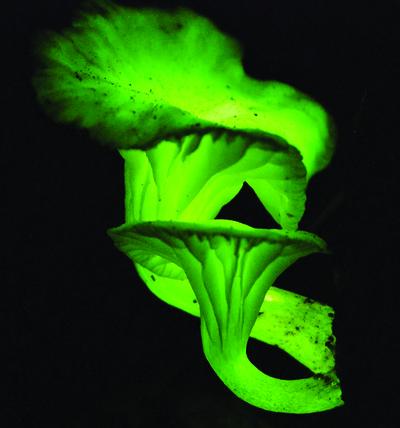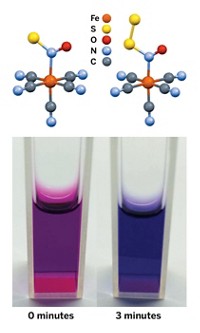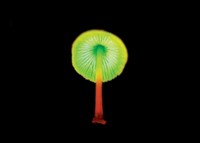Advertisement
Grab your lab coat. Let's get started
Welcome!
Welcome!
Create an account below to get 6 C&EN articles per month, receive newsletters and more - all free.
It seems this is your first time logging in online. Please enter the following information to continue.
As an ACS member you automatically get access to this site. All we need is few more details to create your reading experience.
Not you? Sign in with a different account.
Not you? Sign in with a different account.
ERROR 1
ERROR 1
ERROR 2
ERROR 2
ERROR 2
ERROR 2
ERROR 2
Password and Confirm password must match.
If you have an ACS member number, please enter it here so we can link this account to your membership. (optional)
ERROR 2
ACS values your privacy. By submitting your information, you are gaining access to C&EN and subscribing to our weekly newsletter. We use the information you provide to make your reading experience better, and we will never sell your data to third party members.
Synthesis
Protozoan Pigment Puzzle Solved
The structure of amethystin, the molecule that colors Stentor amethystinus, has been elucidated
by Bethany Halford
June 9, 2014
| A version of this story appeared in
Volume 92, Issue 23
It took some time, but chemists have finally deciphered the structure of the pigment that gives the protozoan Stentor amethystinus its unusual red-violet hue (J. Nat. Prod. 2014, DOI: 10.1021/np5001363). S. amethystinus is one of many brightly colored protozoans that live in lakes, ponds, and marine environments. Although the structures of these protozoan pigments have largely been elucidated over the years, the molecule responsible for S. amethystinus’s distinctive color has been a mystery. In August 1995, researchers led by Gerhard Höfle of Germany’s Helmholtz Centre for Infection Research made their first collection of blooms of S. amethystinus from a lake north of Brandenburg. From this material they were able to isolate just 755 mg of a dark red crystalline powder they dubbed amethystin. The researchers had to pause the project repeatedly for years because the organism did not appear regularly. Attempts to prepare crystals of sufficient quality for X-ray analysis failed, leaving the researchers to rely on spectroscopic methods and derivatization to determine the structure. In solution, they discovered, the compound exists as an orthoester (shown). But in the crystalline state, it can exist as a hydroxylactone as well.





Join the conversation
Contact the reporter
Submit a Letter to the Editor for publication
Engage with us on Twitter